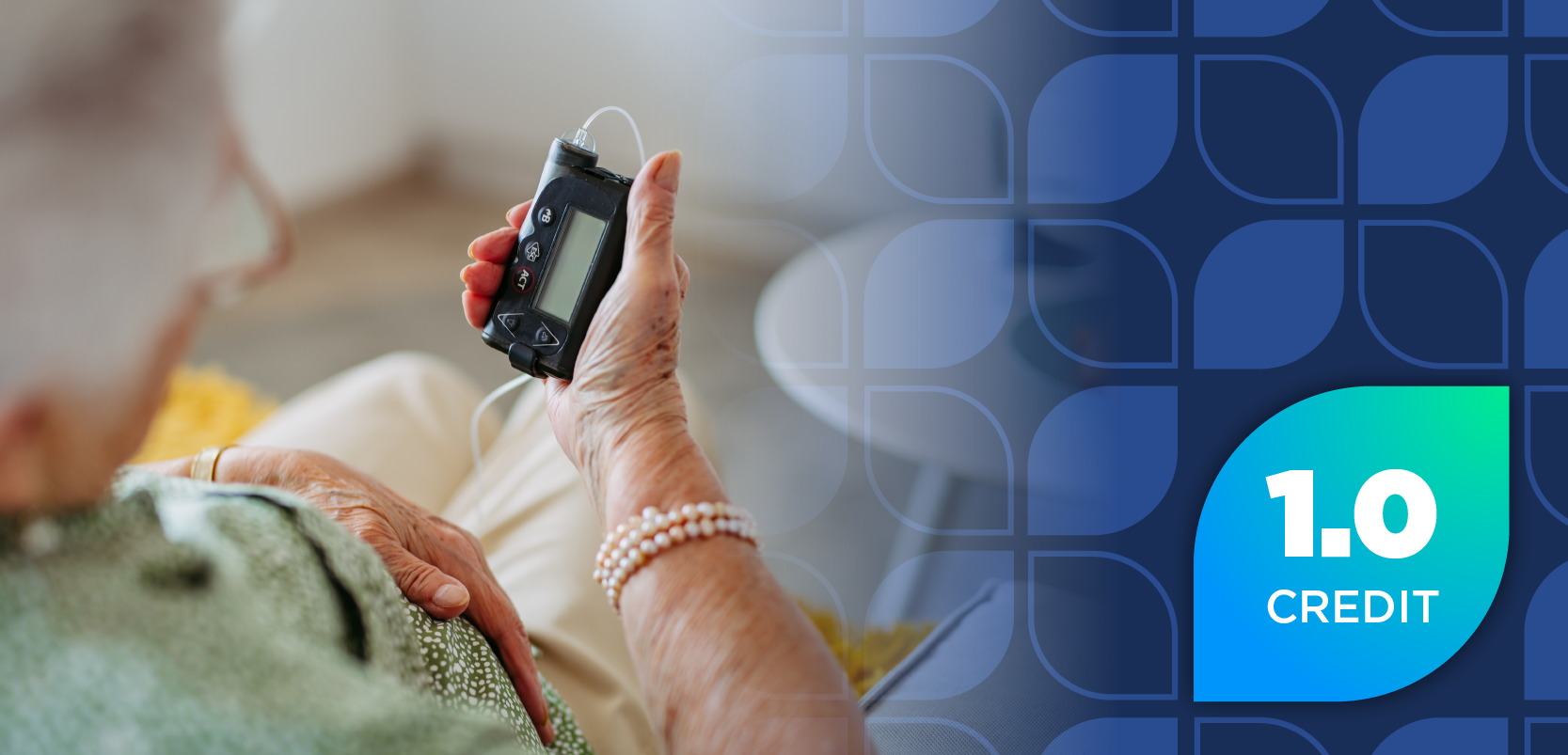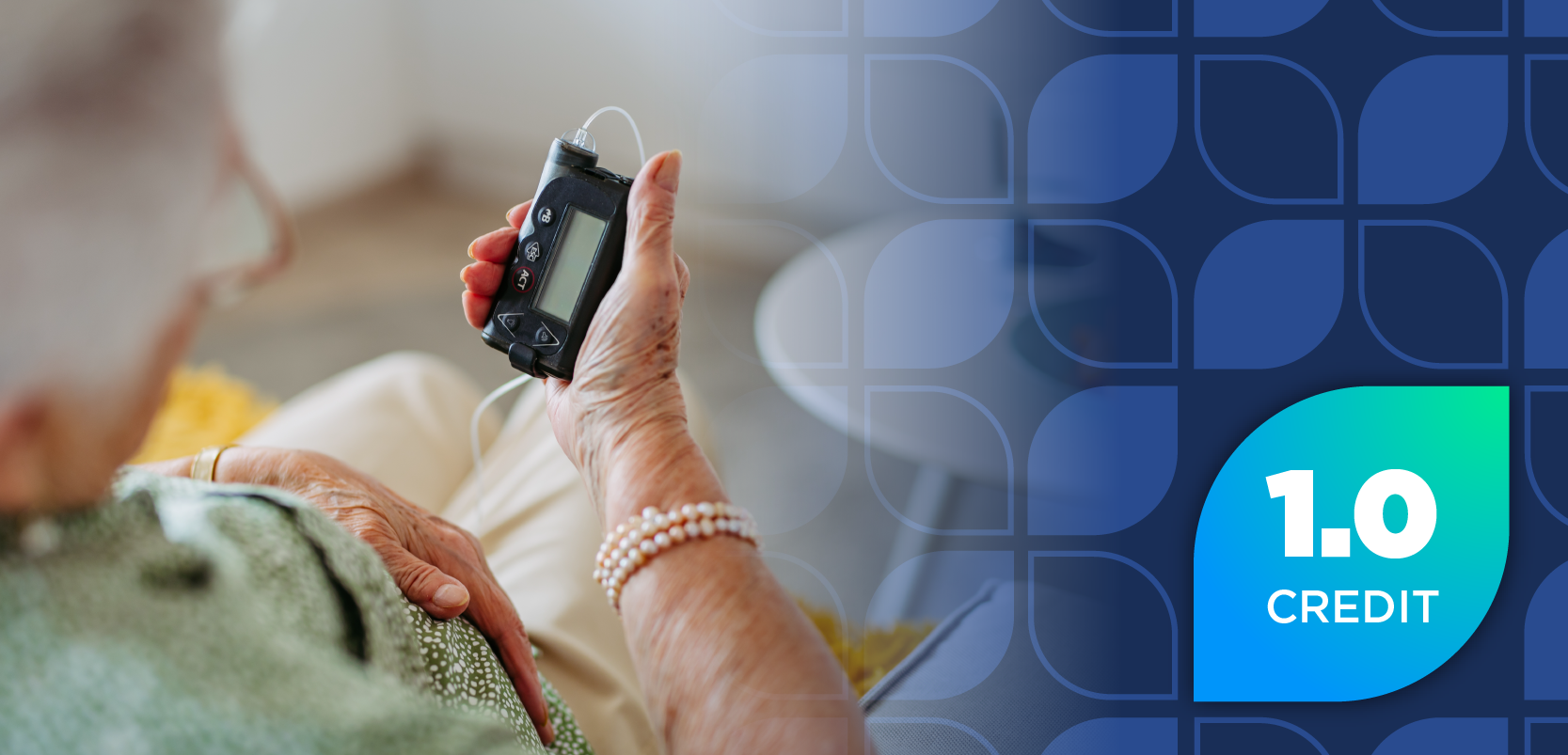Pharmacy Times: How do pharmacists contribute to patient education and counseling, particularly around managing expectations and recognizing relapse symptoms?
Key Takeaways
- Detailed patient counseling builds trust and empowers patients in their treatment.
- Pharmacists must address access and coordination challenges in CIDP therapy.
- Flexible treatment options like home infusion can significantly improve patient care.
Amy Duong, PharmD, BCACP: Education is central to what I do as an ambulatory care pharmacist. During our initial telemedicine visits, I provide detailed counseling tailored to each patient's therapy. We review the mechanism of action, administration, side effects, and expectations of therapy, and we also review for drug-drug interactions and look over immunizations as well. During these visits, I encourage patients, once they get started on treatment, to monitor their symptoms closely and help identify signs of relapse while on therapy through the close clinical follow-up that I have with them. I also encourage patients to keep me updated if anything comes up, whether it be giving me a phone call or sending me a message through our EMR, and just keeping me updated if there are any urgent issues. Helping patients understand what to anticipate and what to expect during the initial visit is really important to build trust and helps them feel more empowered in their care and helps keep track of their symptoms a bit better.
Pharmacy Times: In your experience, what are some common clinical or logistical challenges pharmacists face when managing CIDP therapies, and how can they be addressed?
Duong: A few barriers or challenges that come to mind are definitely with access and coordination. These therapies will require prior authorization through patients' insurance companies, and so we have to, in turn, provide detailed clinical documentation and provide appeal support when needed, and I coordinate this whole process with our pharmacy technician clinic and our authorization team. In terms of other challenges we may face, it relates to scheduling and site of care. Again, does the patient have reliable transportation to and from an infusion center if they decide to do an outpatient infusion? For site of care, this is usually insurance-dictated as well. Some insurances will prefer a hospital-based infusion center versus a third party or an outside company for infusions. With our Ig, those infusions are longer compared to other infusions, and they're also split across multiple days. Sometimes scheduling can become a bit challenging when we're trying to get patients started on therapy in a timely manner. It is really important from our perspective that we work with whichever outpatient infusion center patients choose to go to to ensure that they can get seen in a timely manner. As for what pharmacists can do with site of care or scheduling barriers, offering flexible options like home infusion or self-administration, when appropriate, can make a huge difference for patients. I think pharmacists are in a great position to lead those conversations with the patient and provider if we notice that maybe a different treatment or mode of administration may be beneficial.























































































































































































































